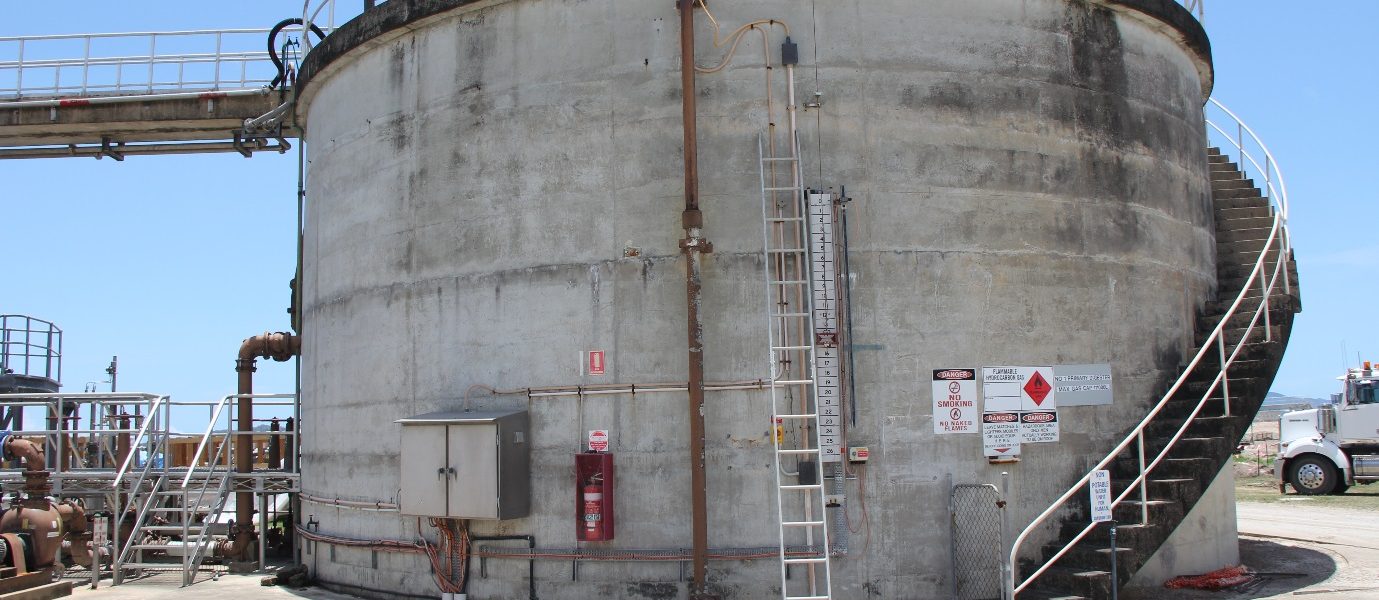Fascination About Roar Solutions
Fascination About Roar Solutions
Blog Article
Not known Incorrect Statements About Roar Solutions
Table of ContentsFascination About Roar SolutionsThe Best Guide To Roar SolutionsThe Buzz on Roar Solutions
In order to secure setups from a prospective explosion a method of analysing and classifying a possibly dangerous area is called for. The function of this is to make sure the appropriate choice and installation of devices to ultimately prevent an explosion and to ensure safety and security of life.
(https://www.metooo.io/u/roarsolutions)
No devices should be mounted where the surface area temperature level of the devices is more than the ignition temperature of the given hazard. Below are some common dust unsafe and their minimum ignition temperature. Coal Dirt 380C 225C Polythene 420C (melts) Methyl Cellulose 420C 320C Starch 460C 435C Flour 490C 340C Sugar 490C 460C Grain Dirt 510C 300C Phenolic Material 530C > 450C Aluminium 590C > 450C PVC 700C > 450C Soot 810C 570C The possibility of the danger existing in a concentration high adequate to create an ignition will certainly differ from place to place.
In order to categorize this danger an installation is separated right into locations of threat depending upon the amount of time the hazardous exists. These areas are described as Areas. For gases and vapours and dusts and fibers there are 3 areas. Zone 0 Zone 20 A hazardous ambience is extremely most likely to be present and may exist for lengthy periods of time (> 1000 hours each year) or even continuously Zone 1 Area 21 A dangerous environment is feasible but not likely to be existing for extended periods of time (> 10 450 C [842 F] A category of T6 implies the minimum ignition temperature is > 85 C [185 F] Dangerous location electric equipment maybe developed for use in greater ambient temperature levels. This would certainly suggested on the rating plate e.g. EExe II C T3 Ta + 60C( This implies at 60C ambient T3 will certainly not be surpassed) T1 T1, T2, T3, T4, T5, T6 T2 T2, T3, T4, T5, T6 T3 T3, T4, T5, T6 T4 T4, T5, T6 T5 T5, T6 T6 T6 A T Course ranking of T1 suggests the maximum surface temperature level produced by the tool at 40 C is 450 C. Presuming the connected T Course and Temperature level ranking for the equipment are suitable for the location, you can constantly make use of an instrument with an extra stringent Department rating than needed for the location. There isn't a clear solution to this concern. It truly does depend on the kind of tools and what repairs require to be executed. Equipment with certain test treatments that can't be performed in the field in order to achieve/maintain third event score. Must return to the manufacturing facility if it is before the equipment's solution. Field Repair By Authorised Personnel: Complicated testing might not be called for nevertheless specific treatments may require to be followed in order for the tools to maintain its 3rd party score. Authorized personnel have to be employed to do the job appropriately Repair have to be a like for like substitute. New part have to be thought about as a direct replacement needing no special testing of the equipment after the fixing is total. Each tool with a hazardous score ought to be assessed independently. These are laid out at a high degree listed below, however, for even more detailed information, please refer directly to the standards.
Roar Solutions Things To Know Before You Buy
The equipment register is an extensive data source of equipment records that consists of a minimum collection of fields to determine each product's area, technological parameters, Ex classification, age, and environmental data. The ratio of Thorough to Shut examinations will be determined by the Tools Threat, which is examined based on ignition risk (the probability of a source of ignition versus the probability of a combustible environment )and the dangerous area classification
( Zone 0Area 1, or 2). Implementing a durable Risk-Based Examination( RBI )method is vital for making sure compliance and safety and security in handling Electric Devices in Hazardous Areas( EEHA).
Unknown Facts About Roar Solutions

In regards to explosive risk, a hazardous area is an environment in which an eruptive environment is present (or may be expected to be existing) in amounts that need special safety measures for the building and construction, setup and use devices. eeha. In this short article we explore the challenges faced in the workplace, the risk control procedures, and the required expertises to work safely
These substances can, in certain problems, develop eruptive atmospheres and these can have major and unfortunate effects. Most of us are familiar with the fire triangular eliminate any kind of one of the 3 components and the fire can not take place, but what does this mean see this here in the context of hazardous locations?
In a lot of circumstances, we can do little about the degrees of oxygen airborne, yet we can have substantial influence on resources of ignition, for example electrical devices. Dangerous locations are recorded on the harmful location category drawing and are determined on-site by the triangular "EX LOVER" indication. Right here, amongst other essential info, zones are split into 3 kinds depending on the danger, the probability and duration that an eruptive atmosphere will certainly exist; Zone 0 or 20 is considered one of the most harmful and Area 2 or 22 is regarded the least.
Report this page